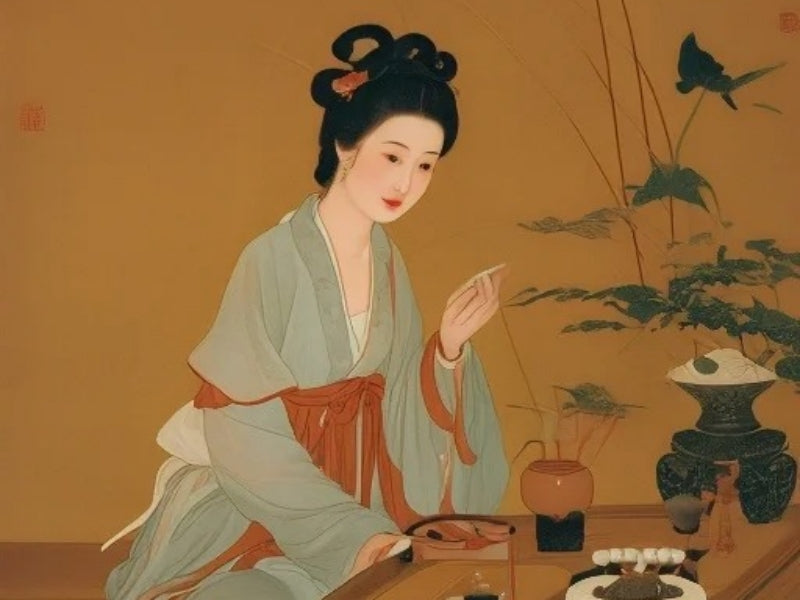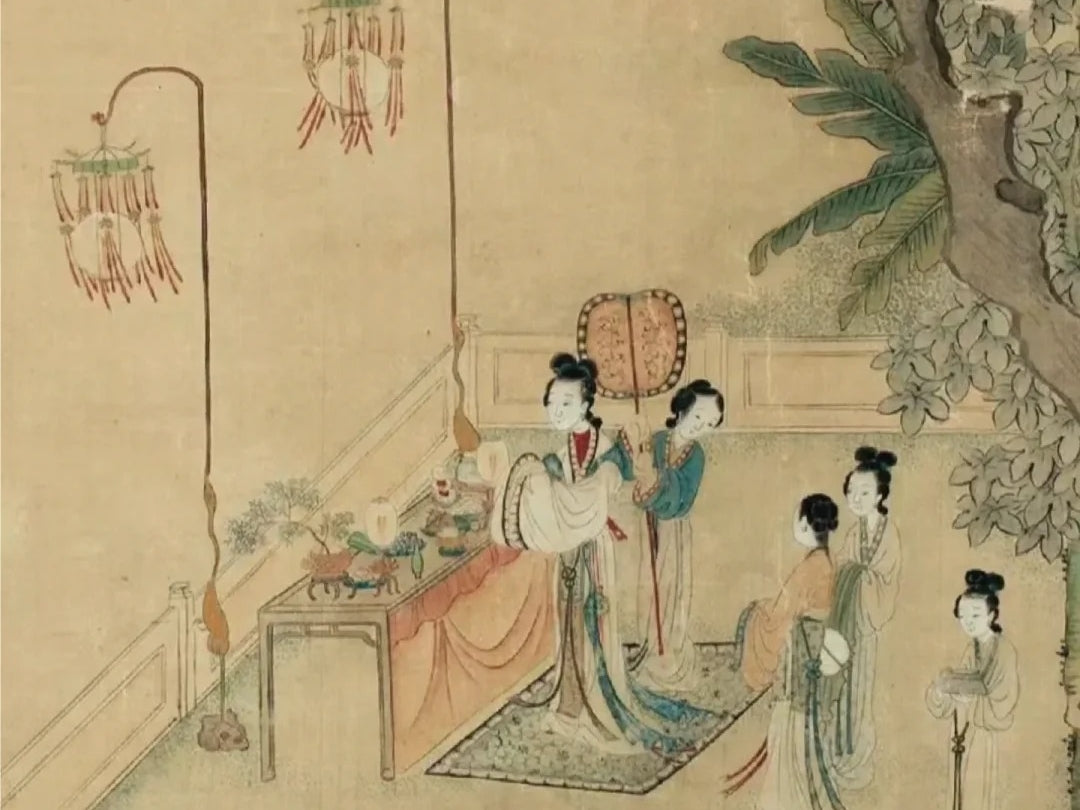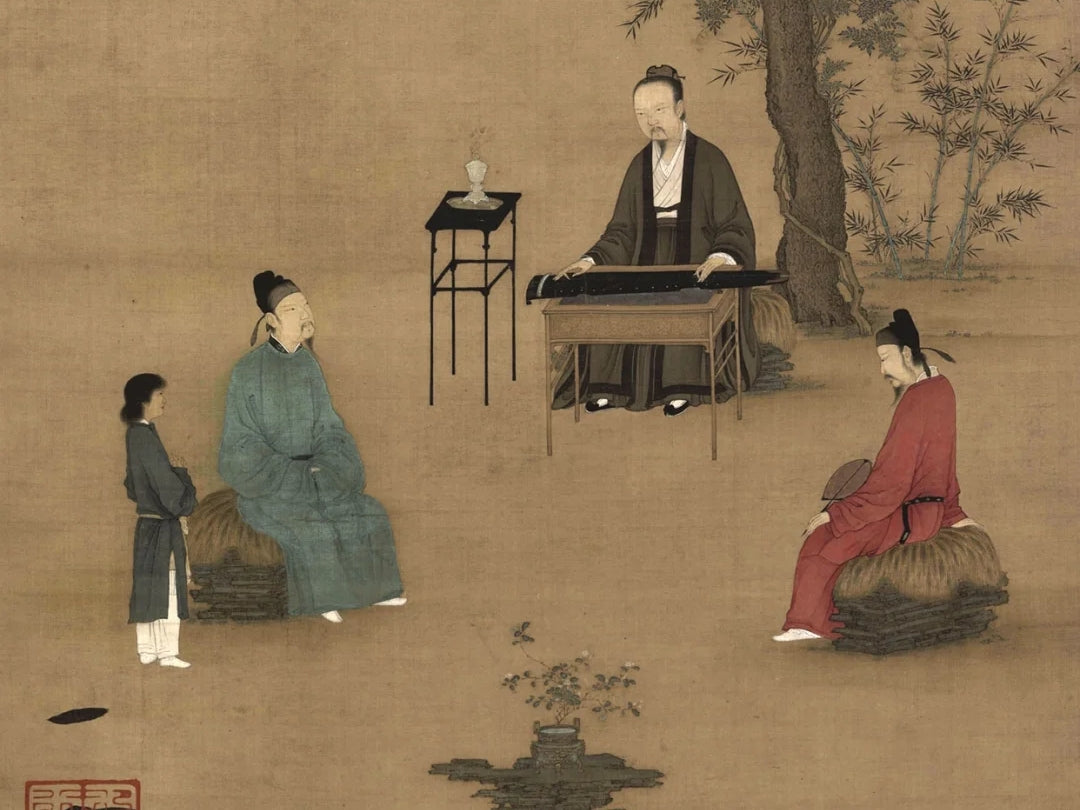10 Types of Incense: How to Choose the Right Incense for Your Needs
Incense has been an integral part of various cultures for centuries, used for everything from religious rituals to enhancing the ambiance of a space. The diverse forms of incense available today can make it challenging to choose the right type for your specific needs. Whether you're seeking a calming atmosphere, a meditation aid, or a way to connect with ancient traditions, understanding the different types of incense and their unique properties is essential.
We’ll explore the ten most popular forms of incense, providing you with the knowledge you need to make an informed choice.
Raw Wood Incense:
Raw wood incense refers to natural, unprocessed, or minimally cut woods such as sandalwood and agarwood. These woods emit a natural fragrance and are often used in high-end incense or burned directly as aromatic materials.
- Pros: The fragrance is natural, pure, and long-lasting, creating a rich, natural atmosphere.
- Cons: It can be inconvenient to use, requiring manual lighting, and may produce significant smoke during burning.

Incense Stick:
Also known as straight incense, incense stick is made by compressing a mixture of aromatic materials and binders into thin, long sticks. Incense stick burns for a long time, produces minimal smoke, and has a lasting fragrance.
- 21 cm (8.27 inches) in length is considered an industry standard, a tradition rooted in ancient practices. Odd numbers hold special significance in traditional Chinese culture, and the length of 21 cm aligns with this, as it is an odd number.
- Additionally, 21 cm is considered an auspicious length according to the ancient Chinese Luban ruler (a tool used to determine auspicious dimensions), relating to the Yin-Yang theory in which the number 7 is seen as a heavenly number, representing Yang energy.
- In Buddhism, the number 7 is associated with the "seven-tier pagoda," symbolizing lofty aspirations.
- In Taoism, 7 is also seen as a heavenly number connected with Yang energy, linking it to Yin-Yang philosophy.
- Furthermore, the length of 21 cm is believed to ward off bad luck, aligning with the ancient Chinese belief in bringing fortune and luck.
- Pros: Easy to use, minimal smoke, long-lasting fragrance, ideal for meditation, sitting, or purifying the air.
- Cons: Quality varies, and inferior sticks may contain harmful substances.

Coil Incense:
Coil incense is made by shaping stick incense into a flat, round coil. It burns for a longer time, making it suitable for extended aromatic sessions.
- Pros: Minimal smoke, long-lasting fragrance, ideal for home, meditation, or temple use.
- Cons: Some coils may contain excessive chemicals, affecting the quality.

Incense Cone:
Incense cone is made by grinding one or more aromatic materials into powder and then molding it into a small, portable cone shape. It's perfect for home use or travel.
- Pros: Compact and space-saving, easy to store and carry.
- Cons: Although the fragrance is intense, it can produce significant smoke, potentially impacting indoor air quality, especially in enclosed or poorly ventilated spaces.

Incense Powdered:
Incense powdered is made by grinding a single aromatic material or a blend of materials into powder form, which can be used for burning directly, making other incense forms, or as a raw material for incense production.
- Pros: Versatile, can be used for beauty treatments or burning as incense, with various fragrances available.
- Cons: Some powders may contain ingredients harmful to the skin, so careful selection is required.

Tower Incense:
Similar to coil incense, but in a three-dimensional form, tower incense originated in the Ming Dynasty (1368-1644) from the "Dragon Cassia Incense." It's typically suspended or hung to resemble a tower, burning slowly for a long time, making it suitable for temples.
- Pros: Visually appealing, strong fragrance, suitable for specific occasions.
- Cons: Produces considerable smoke, not ideal for extended indoor use.

Stamped Incense (Seal Incense):
Also known as Zhuanxiang or seal incense, stamped incense is made by using molds to press incense powder into specific patterns (like the character for "blessing" or "longevity"). The stamped incense burns in sequence, carrying symbolic meaning.
- Pros: Unique design, symbolic meaning, favored by scholars and literati.
- Cons: Complex production process and higher cost.


Incense Balls:
Incense balls are made by grinding aromatic materials into powder, mixing them with alcohol or water, and shaping them into balls of various sizes. Convenient to use, store, and carry, incense balls were a common form of incense in ancient times, often used for indirect burning.
- Pros: Pure fragrance, health benefits, suitable for long-term use.
- Cons: Complex production and high cost, requiring careful storage to prevent deterioration.

Bamboo Stick Incense:
Also known as stick incense, bamboo stick incense uses thin bamboo or wooden sticks as a core. They are commonly used in Buddhist altars and temples and are a popular incense form in India and Japan.
- Pros: Easy to carry, burns steadily.
- Cons: The bamboo core may affect the purity of the fragrance and produce more smoke.

Backflow Incense(Waterfall Incense):
A type of cone incense, backflow incense has a higher tar content, causing the smoke to flow downward like water during burning, giving it its name.
- Pros: Unique visual effect, ideal for decoration or performance.
- Cons: If not handled properly, the smoke can affect indoor air quality.

Selecting the right incense is about more than just picking a pleasant scent. Each type offers a unique experience, whether it’s the lasting fragrance of incense sticks or the visual appeal of backflow cones. By understanding the strengths and potential drawbacks of each, you can choose the incense that best suits your environment, purpose, and personal preference.
Remember, the beauty of incense lies in its ability to transform a space, uplift the spirit, and connect you with age-old traditions. Experiment with different forms and fragrances, and let the ancient art of incense enhance your daily life.



